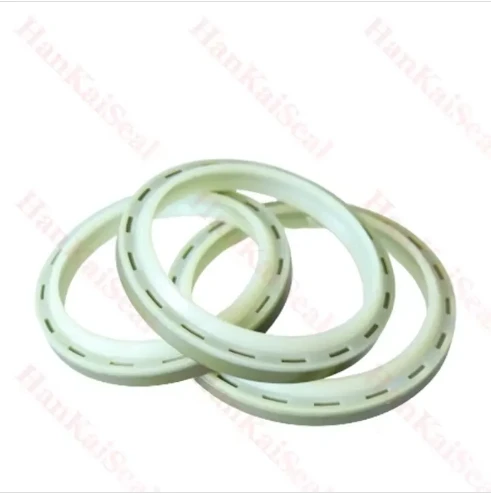វិច្ឆិកា . 24, 2024 17:41 Back to list
replacing wiper seal on hydraulic cylinder
Replacing the Wiper Seal on Hydraulic Cylinders A Step-by-Step Guide
Hydraulic cylinders are vital components in various machinery, providing the necessary force for movement and operation. Over time, wear and tear can lead to ineffective seals, particularly the wiper seals, which can cause fluid leaks, reduced efficiency, and potential damage to the system. Replacing the wiper seal can extend the life of your hydraulic equipment and ensure optimal performance. This article serves as a comprehensive guide on how to replace the wiper seal on hydraulic cylinders effectively.
Understanding the Wiper Seal
The wiper seal, found at the outer end of the hydraulic cylinder, plays a crucial role in preventing contaminants from entering the cylinder and ensuring that hydraulic fluid does not leak out. The presence of dirt, grime, or debris can significantly affect the performance and lifespan of hydraulic cylinders. Therefore, regular inspection and timely replacement of the wiper seal are essential.
Tools and Materials Needed
Before beginning the replacement process, gather the following tools and materials
1. Replacement wiper seal Ensure it is the correct size and type for your hydraulic cylinder. 2. Seal removal tool This can help in removing the old seal without damaging the cylinder. 3. Clean cloths For cleaning the cylinder parts and wiping away excess fluid. 4. Grease A light coating of grease will help ease the installation of the new seal. 5. Pliers For handling seals and other small parts. 6. Cleaning solvent For cleaning the cylinder and removing old grease or debris.
Steps to Replace the Wiper Seal
1. Preparation and Safety Ensure the hydraulic system is depressurized as a safety measure. Disconnect any power source and drain the hydraulic fluid from the cylinder. Wear appropriate personal protective equipment (PPE) such as gloves and goggles.
replacing wiper seal on hydraulic cylinder

2. Disassemble the Cylinder Carefully disassemble the hydraulic cylinder. Use the appropriate tools to remove any bolts or fasteners. Take note of the order of disassembly, as this will facilitate reassembly.
3. Remove the Old Wiper Seal Once the cylinder is disassembled, you can access the wiper seal. Use the seal removal tool carefully to extract the old wiper seal from its housing without scratching or damaging the cylinder.
4. Clean the Cylinder With the old seal removed, take the time to clean the cylinder surfaces thoroughly. Use a cleaning solvent and a clean cloth to remove any dirt, grease, or debris. Ensure there are no remnants of the old seal in the groove.
5. Install the New Wiper Seal Before installing the new wiper seal, lightly coat it with grease. This will aid in the installation and help create a better seal. Carefully fit the new wiper seal into its designated groove, ensuring it is seated evenly and securely.
6. Reassemble the Cylinder With the new seal in place, reassemble the hydraulic cylinder by reversing the disassembly steps. Ensure that all components are aligned correctly and that no tools or debris are left inside the cylinder.
7. Refill and Test the System After reassembly, refill the hydraulic fluid according to the manufacturer's specifications. Reconnect any power sources and test the hydraulic system for leaks. Pay close attention to the newly installed wiper seal to ensure it is functioning properly.
Conclusion
Replacing the wiper seal on a hydraulic cylinder is a manageable task that can lead to improved efficiency and longevity of your hydraulic equipment. By following the steps outlined above and conducting regular inspections, you can help ensure that your hydraulic systems operate smoothly. Remember, preventative maintenance is key to avoiding costly repairs and downtime in the future. Always refer to the manufacturer's guidelines for specific instructions tailored to your particular hydraulic system.
-
TCN Oil Seal Metal Ring Reinforcement for Heavy Machinery
NewsJul.25,2025
-
Rotary Lip Seal Spring-Loaded Design for High-Speed Applications
NewsJul.25,2025
-
Hydraulic Cylinder Seals Polyurethane Material for High-Impact Jobs
NewsJul.25,2025
-
High Pressure Oil Seal Polyurethane Coating Wear Resistance
NewsJul.25,2025
-
Dust Proof Seal Double Lip Design for Construction Equipment
NewsJul.25,2025
-
Hub Seal Polyurethane Wear Resistance in Agricultural Vehicles
NewsJul.25,2025
-
The Trans-formative Journey of Wheel Hub Oil Seals
NewsJun.06,2025
Products categories
















